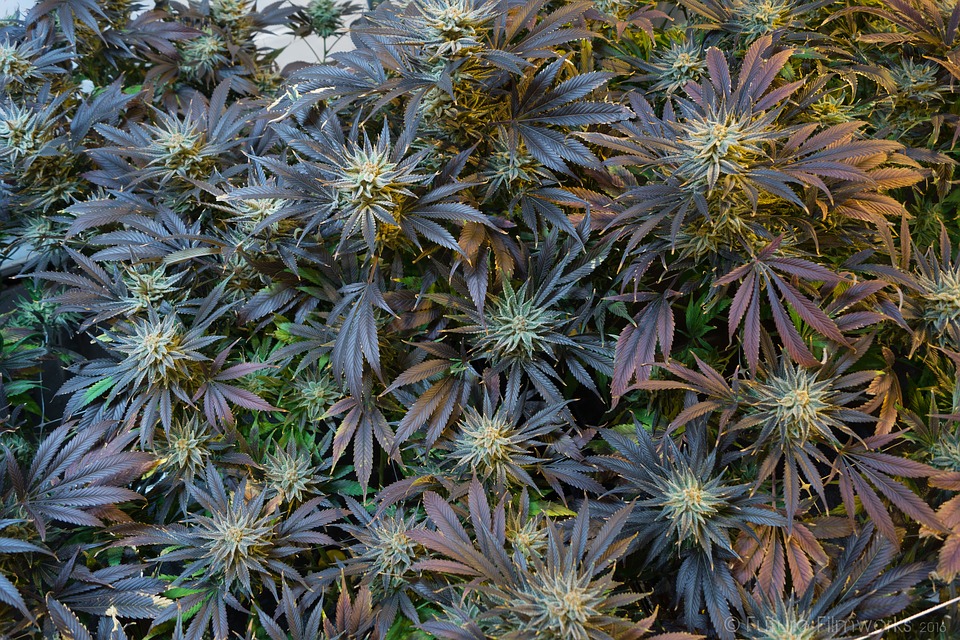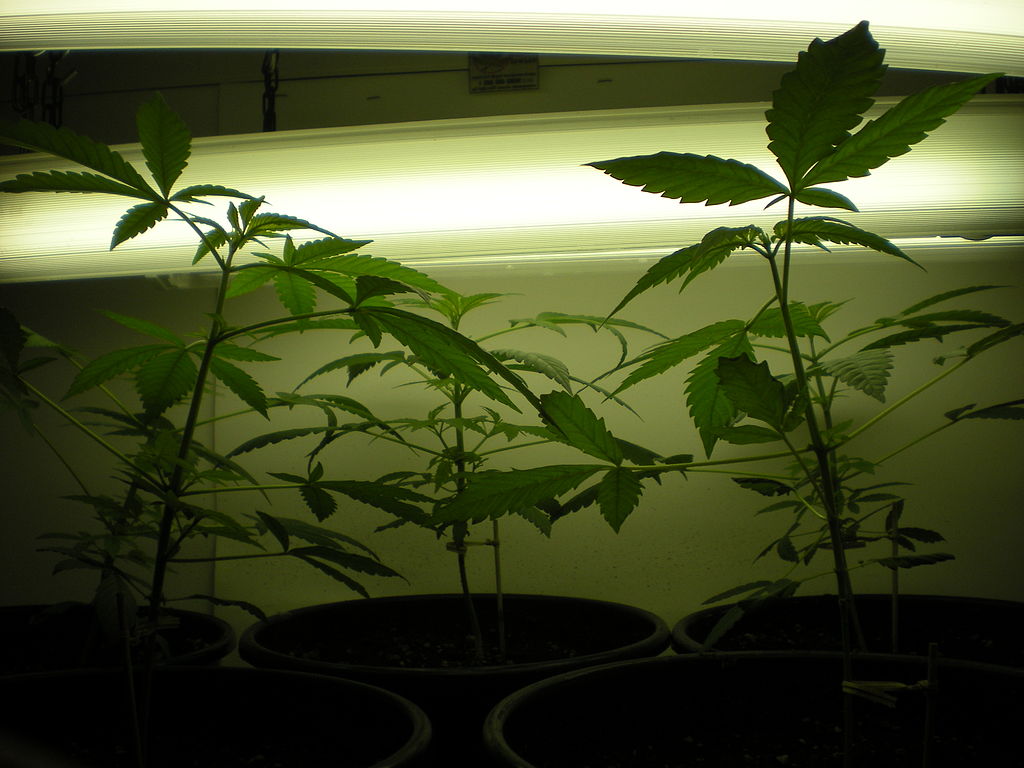How to Spot the Differences Between These Three Types of Marijuana

By:
Cannabis is a dynamic plant that contains hundreds of different ingredients, and each unique combination can produce a wide range of effects. But for the casual consumer, there are three main types of marijuana that you should know about: indica, sativa, and hybrids.
This image can help you identify these three variations of cannabis.
.jpg?auto=format&crop=faces&fit=crop&q=60&w=736&ixlib=js-1.1.0) Reddit - imgur.com
Reddit - imgur.com
For most users, the cannabis one purchases for medical or recreational purposes has already been trimmed and packaged. It can then be difficult to differentiate between the three main types in their final form just by sight alone. Fortunately, in the legal market, at least, cannabis is generally labeled by strain and categorized based on its type.
Here are the most important differences.
1. Cannabis indica (examples: Northern Lights, Granddaddy Purple, and Afgoo.)
 Pixabay - pixabay.com
Pixabay - pixabay.com
Generally speaking, indicas are associated with a "body high." That can mean different things, but the term simply refers to effects that are more physical than cerebral. People who consume pure indicas report feeling relaxed, sedated, and hungry.
Medical marijuana patients who experience conditions such as insomnia, lack of appetite, chronic pain, or anxiety tend to gravitate toward indica-dominant strains for relief.
2. Cannabis sativa (examples: Sour Diesel, Green Crack, and Jack Herer.)
.JPG?auto=format&crop=faces&fit=crop&q=60&w=736&ixlib=js-1.1.0)
On the opposite side of the spectrum are sativa strains. This type of cannabis is associated with a "mind high," which refers to the predominantly psychoactive nature of strains in this family. Sativas tend to make users feel energized, creative, and emotionally uplifted.
Because these strains generally produce cerebral, versus physical, effects, it makes sense that medical marijuana patients report using these strains to treat conditions such as depression and attention deficit disorders.
3. Hybrid strains (examples: Blue Dream, OG Kush, and Girl Scout Cookies.)
 Wikimedia - wikimedia.org
Wikimedia - wikimedia.org
The marijuana legalization movement has led to innovative horticultural experimentation with respect to cannabis strains. By combining indica and sativa plants, growers can cultivate hybridized strains that produce a diversity of effects.
Because each hybrid strain contains different concentrations of ingredients, it's impossible to broadly characterize their effects. That said, you can consult cannabis analytics resources such as Leafly to read user reviews and learn about each strain's genetics. Dispensaries will typically label hybrids as either sativa or indica-dominant, which can help you figure out which hybrid is right for you.
One note of caution.
Though understanding the main differences between these three types of cannabis can be a helpful for novice consumers, it's important to note that regulations are still limited in the cannabis industry—and there's also been a lack of scientific documentation of the plant's genetic evolution—which has led to mislabeling and confusion in the legal market.
There are efforts to standardize the genetic testing of cannabis strains to improve what we know about how certain combinations of ingredients affect certain medical conditions. For now, though, patients and consumers should be aware that what you see at a dispensary isn't always what you get.
